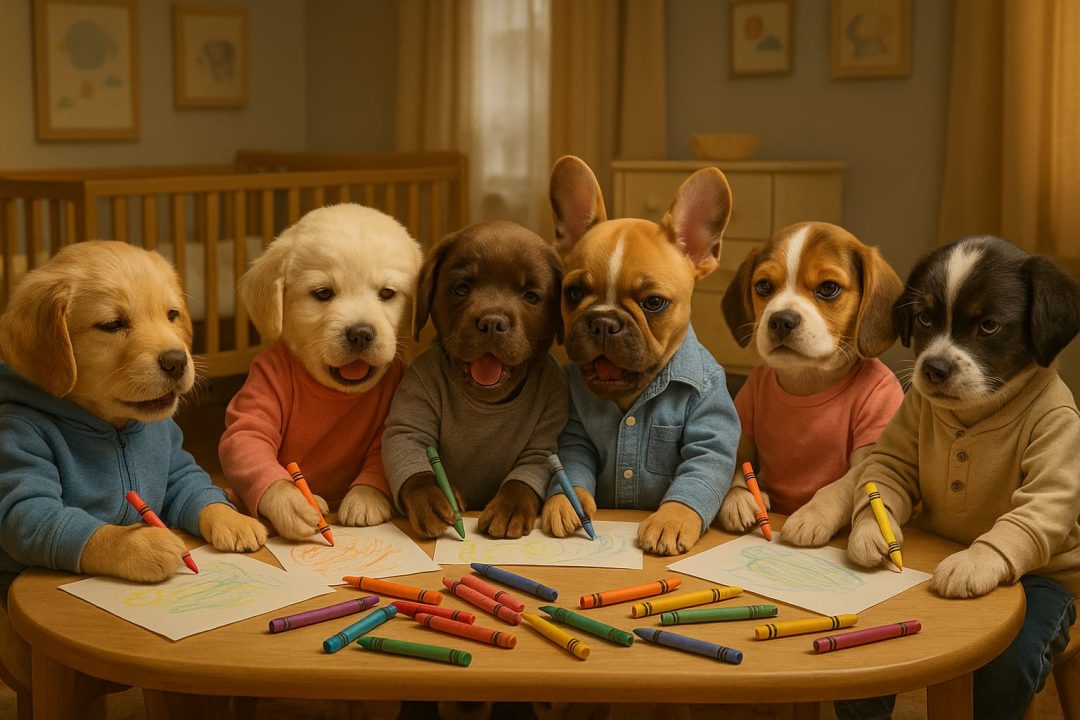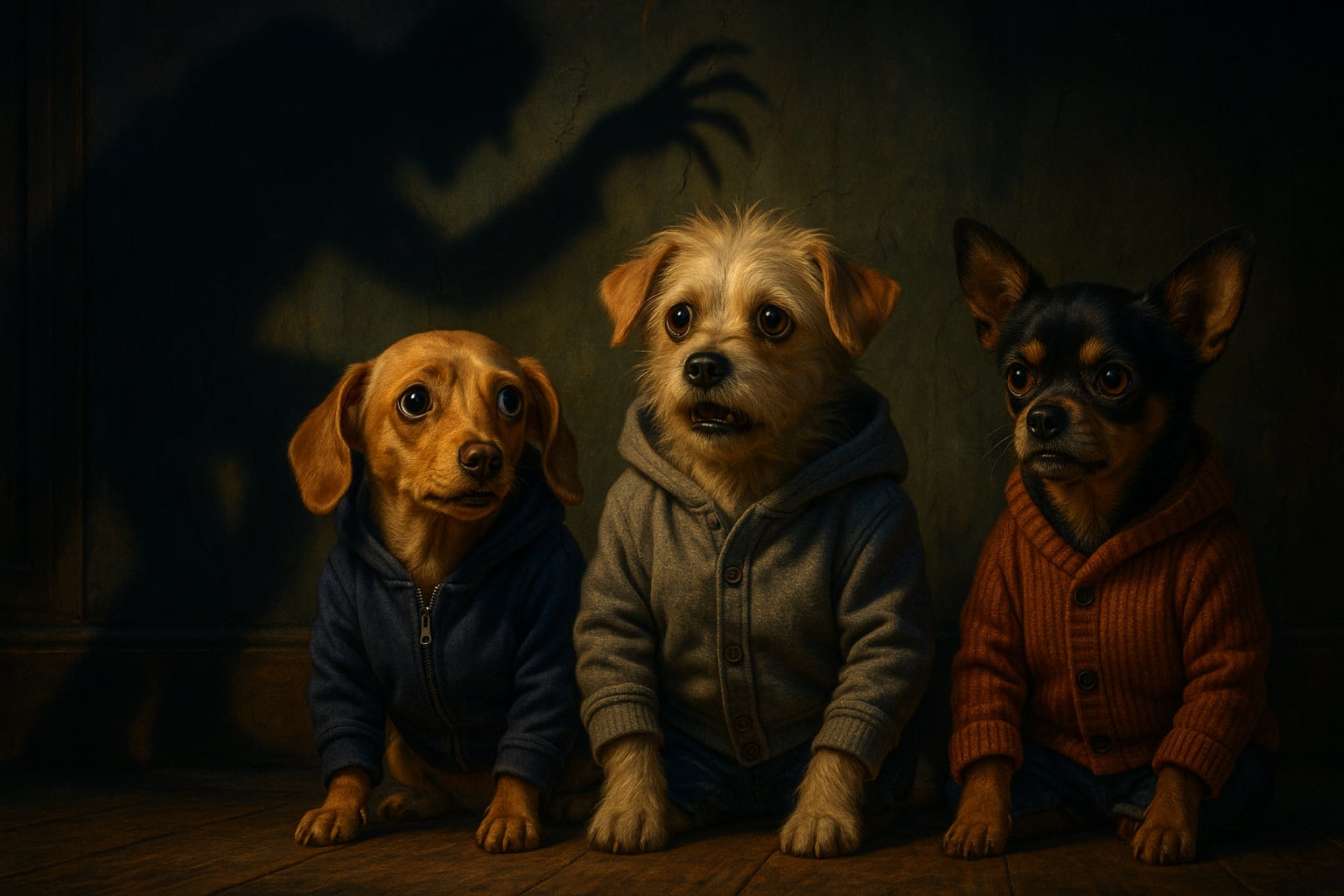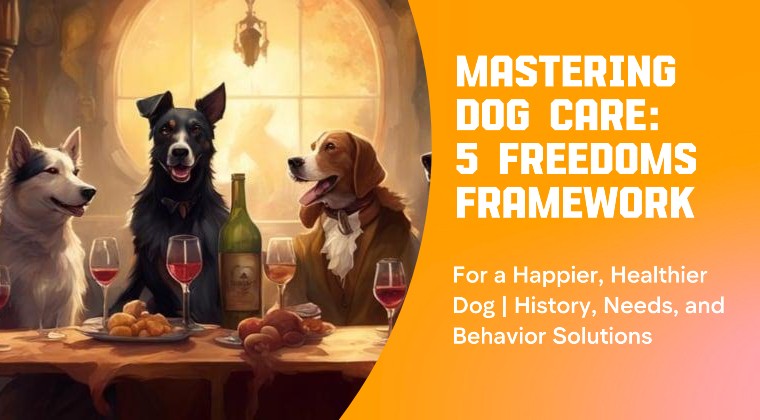Puppy development stages are crucial periods that every dog owner must understand to help their puppy grow into a well-behaved and happy adult dog. From the very first days of life, puppies go through significant physical, emotional, and behavioral changes that influence their personality and ability to interact with people, animals, and their environment.
Unfortunately, only about 2,400 Americans search for “puppy development stages” every month. Considering the U.S. population is over 330 million, this indicates a significant gap in knowledge about the early stages of puppy development, a gap that could lead to many behavioral issues that could be avoided with the right understanding and care. Even more concerning is the fact that only 170 people in America search for “fear stage in dogs” each month, and only 140 people search for “secondary fear period in dogs” monthly! This shows just how under-addressed and misunderstood these critical developmental periods are, which can lead to long-term behavioral issues in puppies if not managed properly. In this post, we’ll explore the different stages of puppy development, including the often-overlooked puppy development fear stages, and provide actionable advice to help you support your puppy’s growth.
The Importance of Understanding Puppy Development Stages
As a professional dog behaviorist, I often see owners struggling with their puppies’ behavior simply because they didn’t understand the natural stages of development. Just like humans, puppies have their own growth process, which involves both physical and emotional milestones. These stages determine how your puppy will behave as they grow older, so understanding these stages can help you better care for them, avoid future behavior problems, and guide them toward becoming a balanced and well-adjusted adult dog.
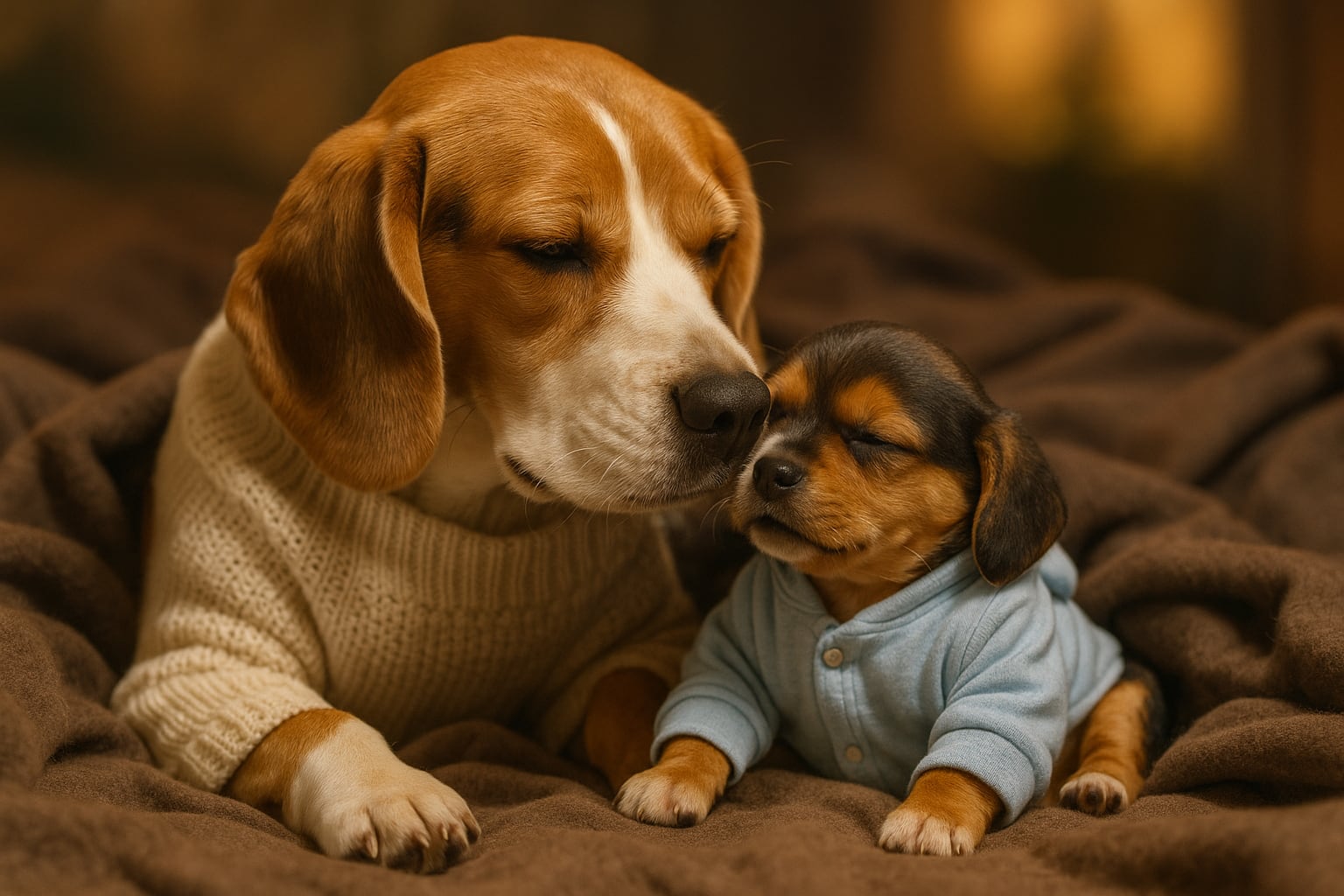
1. Neonatal Stage (0-14 Days)
The neonatal stage is the first period of your puppy’s life. Puppies are born blind, deaf, and completely dependent on their mother. During this time, their sense of smell and touch are their only means of interacting with the world. As a pet owner, you won’t notice much behavioral development during this stage, but it is crucial for their physical survival and growth.
2. Transitional Stage (14-21 Days)
During the transitional period, puppies’ eyes begin to open (typically around 15 days), and they start to hear sounds (by around 18 days). They also begin to develop basic motor skills, such as walking and moving away from their mother. This is a time of early sensory development, and puppies start to explore their surroundings in small ways.
While it may seem like a short period, these early interactions set the foundation for future social behavior. Puppies that are not exposed to different sounds, sights, or smells during this stage may develop fear of the unknown later in life, leading to more behavioral challenges.
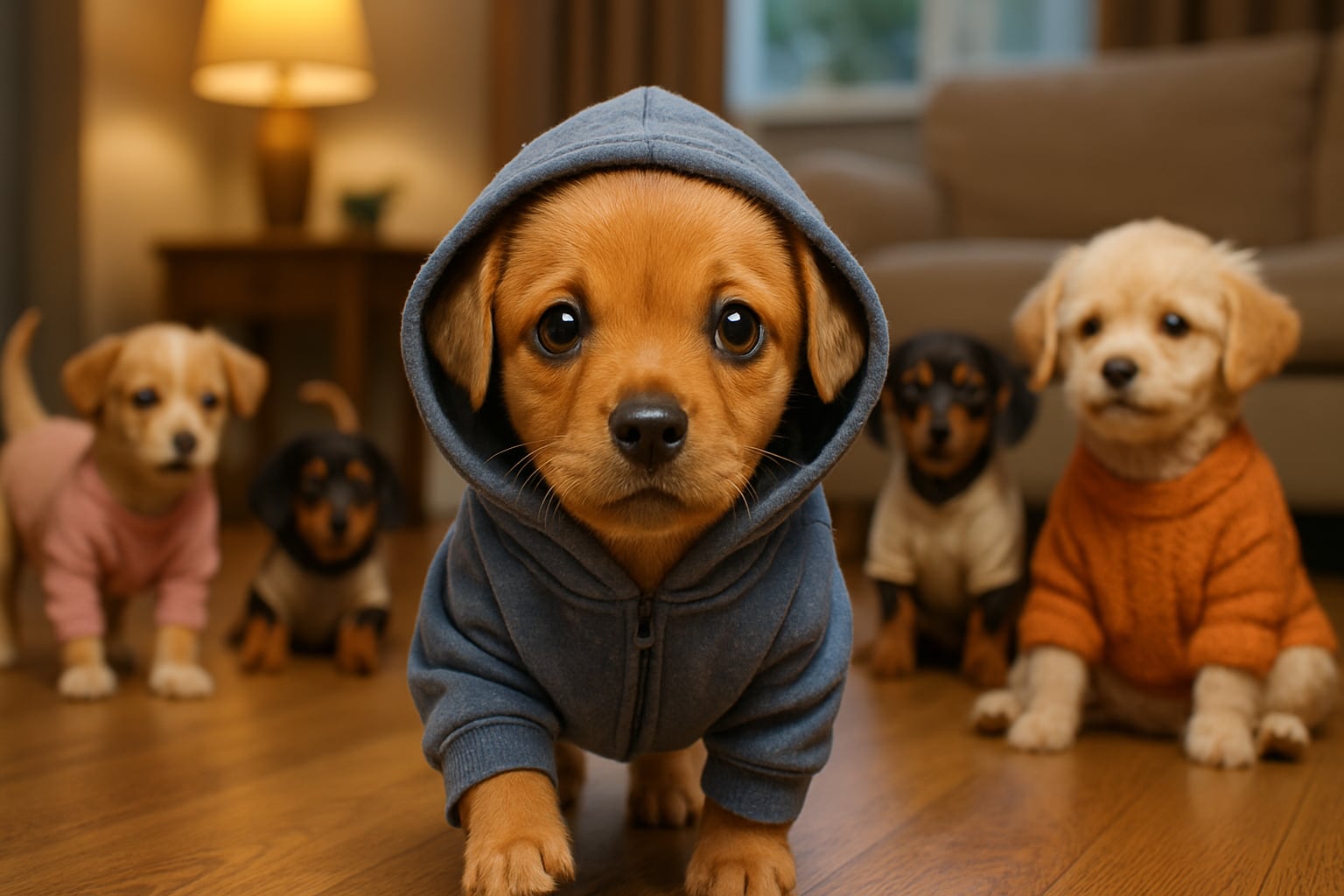
3. Socialization Stage (21 Days to 12 Weeks)
One of the most crucial stages in a puppy’s development is the socialization stage. From 3 weeks to about 12 weeks, puppies start learning how to interact with their littermates, other dogs, and humans. During this stage, puppies learn social behaviors, such as bite inhibition, communication signals, and how to play appropriately with other dogs.
This is also the time when puppies are most open to new experiences. Puppies that are properly socialized during this stage are more likely to grow into confident, well-adjusted adults. However, this stage also marks the beginning of the puppy development fear stages, as puppies may start to become fearful of new experiences if not properly socialized. Fearful experiences during this time can lead to long-term anxiety issues later in life.
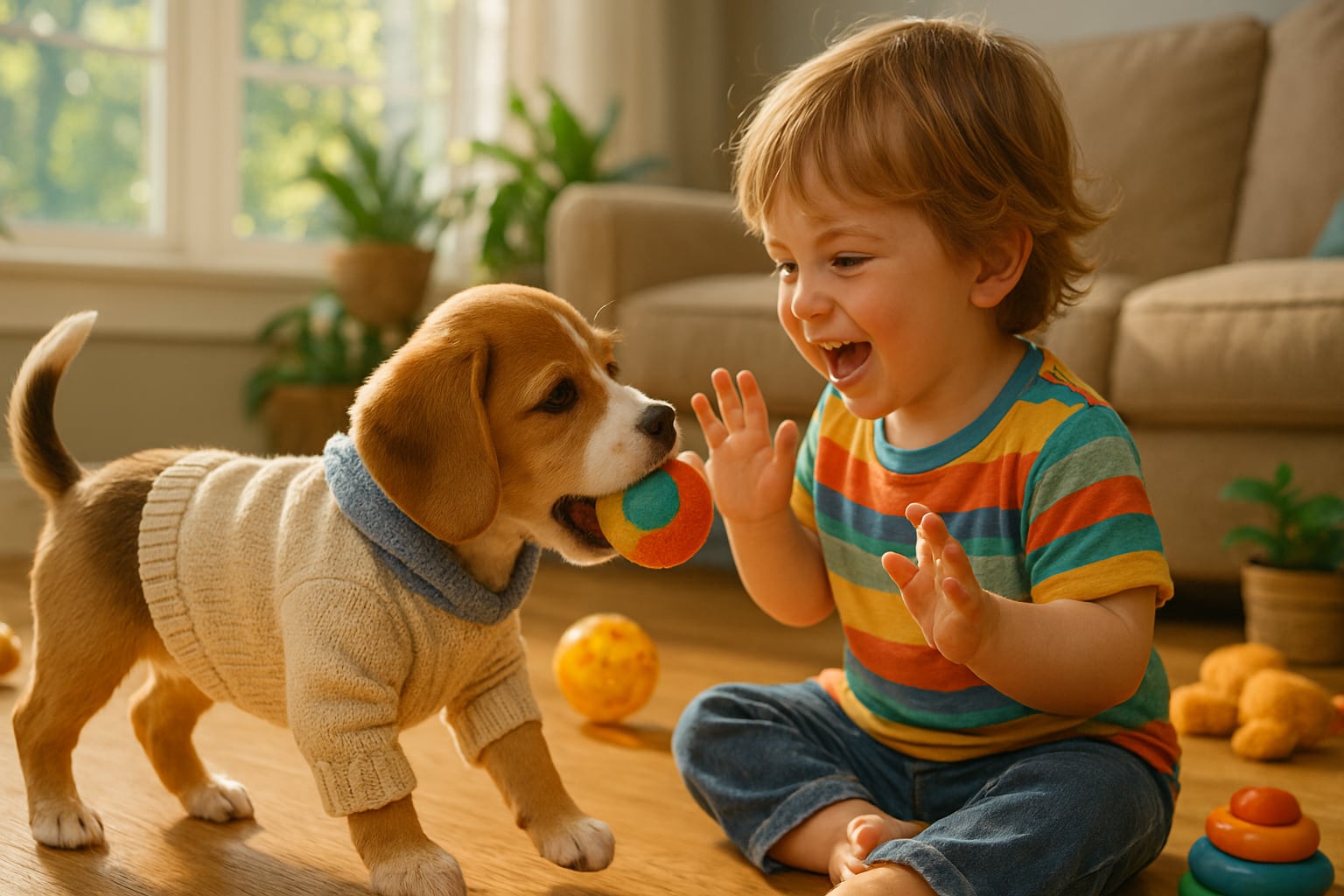
First Socialization Period (2–8 Weeks)
During this critical first socialization period, puppies undergo imprinting, a process that forms their recognition of their own species and their bond with humans. Imprinting helps puppies develop the ability to recognize their human caregivers as social partners, which is essential for fostering a positive relationship between a dog and its owner. This is the time when a puppy forms the foundation of its ability to trust humans. If a puppy is not exposed to humans during this stage, it may grow into a more fearful or distant dog, which can lead to behavioral problems later in life.
Second Socialization Period (8–20 Weeks)
This period is marked by the formation of the puppy’s individuality. As puppies start exploring the world more independently, they become more active and curious. They will develop a sense of self and begin to differentiate themselves from others, including their littermates. At this stage, puppies are highly exploratory and may cause mischief around the house as they test boundaries. It’s essential to begin puppy training during this phase to ensure they learn basic commands and good behavior patterns before they develop bad habits.
Owners should be prepared for the mischief that puppies create during this period. It’s common for them to chew on furniture, try to escape during walks, or approach other dogs and people with little regard for the potential consequences. Positive reinforcement and consistency in training during this period will prevent these behaviors from becoming ingrained.
Third Socialization Period (6–10 Months)
The third period of socialization marks the shift from puppyhood to adolescence, and this is when you may see puppies starting to show more aggression or territorial behavior. They begin to form clear distinctions between what is “in-group” and “out-group,” becoming more cautious and suspicious of strangers. At this stage, it’s important to maintain consistent socialization to ensure that your puppy grows into a confident and balanced adult dog.
Some breeds are more predisposed to territorial behaviors than others, particularly those bred for guarding or protection. However, regardless of breed, this is the stage when dogs are more likely to become fearful of unfamiliar people and situations.
4. Fear Period (8-14 Weeks)
The puppy development fear stages are an important part of their emotional growth. The fear period typically occurs between 8 and 14 weeks. During this time, puppies may become more sensitive to fearful stimuli like loud noises, sudden movements, or unfamiliar people. If they experience a traumatic event during this stage, it may have lasting effects on their behavior, such as fear aggression, separation anxiety, or fear of certain situations or objects.
It’s crucial to expose puppies to various environments, people, and situations during this stage in a positive, non-threatening way. Controlled exposure to new experiences can help prevent fear-based behavior issues as they grow older. However, if this fear period is not managed well, it can lead to a dog that struggles with anxiety and other behavioral challenges.
Additional Fear Periods in Puppy Development
While many people are familiar with the initial fear period, it’s important to note that puppies can experience multiple fear periods during their development. These stages are crucial and should not be overlooked:
First Fear Period (Around 8-12 Weeks)
The first fear period typically occurs between 8 and 12 weeks of age. During this time, puppies are particularly vulnerable to fearful experiences. They are still in the process of developing trust in the world around them and can be easily startled or frightened by unfamiliar stimuli. This period is crucial for imprinting—the puppy’s ability to form strong bonds with people and other animals. If a puppy has a negative experience, such as loud noises, rough handling, or fear-inducing situations, it can lead to long-term fear or anxiety later in life.
What to Do:
- Gentle Socialization: Expose your puppy to various environments, people, and animals, but always in a controlled, positive way. Avoid overwhelming them with too much stimulation.
- Positive Reinforcement: Reward calm behavior and provide reassurance during situations that may cause mild fear. This helps build trust and confidence.
Second Fear Period (Around 6-14 Months)
The second fear period usually occurs between 6 and 14 months, during the puppy’s adolescence. This is the stage where hormonal changes are starting to take effect. Puppies may become more independent but also more fearful of new situations, people, and other animals. Even if your puppy has been socialized well up until this point, this stage can still be a challenge.
What to Do:
- Patience: Understand that your puppy may become fearful of situations they previously handled well. Continue providing consistent exposure to new experiences, but be patient and avoid forcing them into uncomfortable situations.
- Continued Training: Reinforce basic training and commands to help build confidence and structure during this unpredictable phase.
Potential Third Fear Period (Around 18-24 Months)
Some veterinary behaviorists and canine development researchers suggest that a third fear period can occur between 18 and 24 months, particularly in larger breeds or dogs with a slower maturation process. During this phase, the puppy may experience heightened sensitivity to new stimuli, new experiences, or people. This period is less widely discussed but can be noticeable in some dogs as they move from adolescence into adulthood. Some practitioner sources suggest a third fear period around 18–24 months, particularly in slower-maturing breeds. However, this is not consistently supported by scientific literature like Serpell (1995) or Lindsay (2000), which focus on earlier fear periods. Any heightened sensitivity during this stage likely reflects ongoing adolescent development or environmental factors rather than a distinct period.
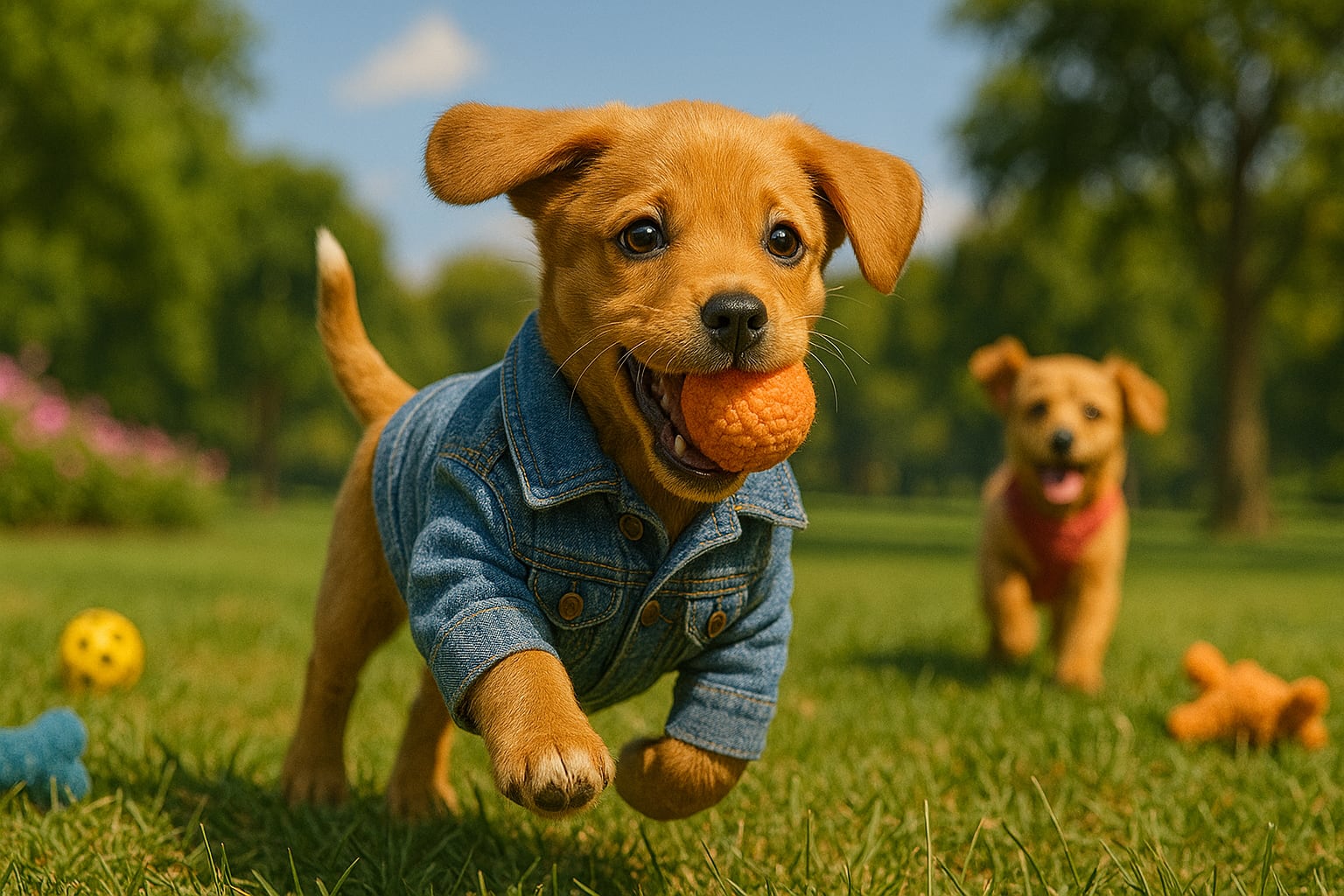
How Can You Help Your Puppy Through These Stages?
Understanding these stages allows you to provide the appropriate care, training, and support at each stage of your puppy’s development. Here are a few tips:
- Socialize Early: The earlier you begin socializing your puppy, the better. Exposure to different environments, people, and animals during the socialization stage (21 days to 12 weeks) will help them develop confidence and avoid fear-related behavioral issues later on.
- Manage the Fear Period: If your puppy shows signs of fear during the 8-14 week period, be patient. Avoid overwhelming them with too much new information and focus on positive experiences. If you’re unsure, consult a professional behaviorist to help you manage this sensitive stage.
- Consistency is Key: During the juvenile and adolescent stages, consistency in training is essential. Puppies may challenge boundaries, but it’s important to remain calm, assertive, and consistent in your approach to discipline.
- Invest in Puppy Training: Puppy classes or one-on-one consultations with a professional behaviorist can help you guide your puppy through each stage of their development. I offer online consultations to help address any concerns you may have regarding your puppy’s development.
Schedule Your Puppy Development Consultation Today!
Understanding puppy development stages is crucial for ensuring a healthy, happy, and well-behaved dog. If you’re struggling with your puppy’s behavior, or if you want to ensure you’re doing everything right during their critical developmental stages, don’t hesitate to reach out for expert advice. Schedule an online consultation with me today, and let’s work together to ensure your puppy grows into the well-adjusted dog you want them to be.
Also, for more in-depth information on how to meet your dog’s needs during these stages, check out my free course on the 5 Freedoms. It’s a great resource for understanding the behavioral needs of dogs and ensuring your puppy’s development is on the right track: courses.8paws.club/5freedoms.
References:
- Serpell, J. (1995). The Domestic Dog: Its Evolution, Behaviour and Interactions with People. Cambridge University Press.
- Lindsay, S. R. (2000). Handbook of Applied Dog Behavior and Training: Procedures and Protocols. Volume 1. Wiley-Blackwell.
By staying informed and proactive during your puppy’s developmental stages, you can help them become a well-adjusted adult dog, avoiding the common pitfalls that many dog owners face.

